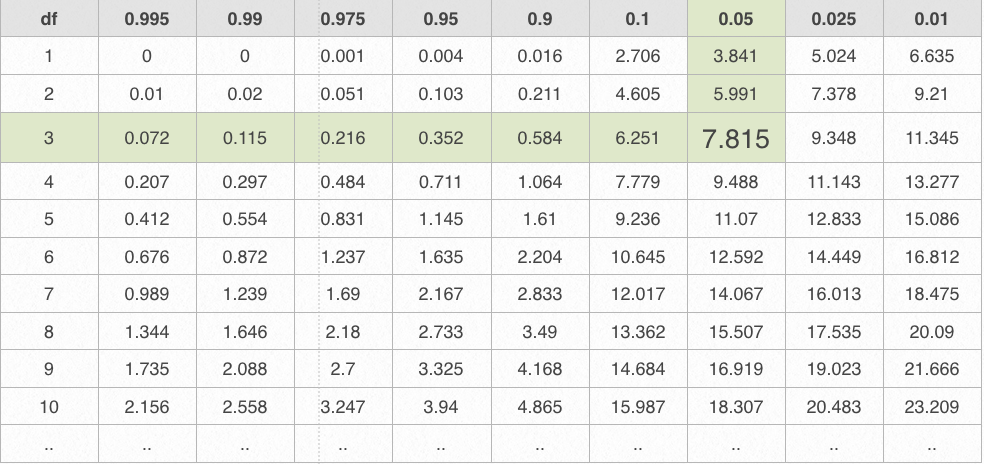

- #CALCULATOR F DISTRIBUTION HOW TO#
- #CALCULATOR F DISTRIBUTION CODE#
- #CALCULATOR F DISTRIBUTION FREE#
""" contfractbeta() evaluates the continued fraction form of the incomplete Beta function incompbeta(). Return 1 - math.exp(lbeta) * contfractbeta(b, a, 1-x) / b Return math.exp(lbeta) * contfractbeta(a, b, x) / a Lbeta = math.lgamma(a+b) - math.lgamma(a) - math.lgamma(b) + a * math.log(x) + b * math.log(1-x) (Code translated from: Numerical Recipes in C.)''' This function requires contfractbeta(a,b,x, ITMAX = 200) ''' incompbeta(a,b,x) evaluates incomplete beta function, here a, b > 0 and 0 <= x <= 1. Just in case the blog disappears, here the code: import math Here the result for some sample values, matching .sf: In : F, df1, df2 = 5, 20, 18
#CALCULATOR F DISTRIBUTION CODE#
Using the code for I(x a, b) from this blog, which uses only math, the p-value is 1 - incompbeta(.5*df1. Thanks for reading CFI’s guide to important Excel functions! By taking the time to learn and master these functions, you’ll significantly speed up your financial analysis.The CDF for the F-distribution (and hence the p-value) can be calculated with the regularized (incomplete) beta function I(x a, b), see, e.g., MathWorld.
#CALCULATOR F DISTRIBUTION HOW TO#
Learn how to use Excel functions and create sophisticated financial analysis and financial modeling.
#CALCULATOR F DISTRIBUTION FREE#

Things to remember about the F.DIST Function To find out the F probability using the probability density function, which is the FALSE cumulative argument, we will use the following formula: To find out the F probability using the cumulative distribution function, which is the TRUE cumulative argument, we will use the following formula: Value at which we wish to evaluate the function: 14.569.

To understand the uses of the F.DIST function, let’s consider an example: Example To learn more, launch our free Excel crash course now! How to use the F Distribution Function in Excel? It can either be TRUE (uses the cumulative distributive function) or FALSE (uses the probability density function). Cumulative (required argument) – This is a logical value that determines the type of F distribution to be calculated.Deg_freedom2 (required argument) – An integer specifying denominator degrees of freedom.Deg_freedom1 (required argument) – This is an integer specifying numerator degrees of freedom.X (required argument) – This is the value at which we evaluate the function.The F.DIST function uses the following arguments: =F.DIST(x,deg_freedom1,deg_freedom2,cumulative) We can use it to understand and evaluate the extent of potential losses that a portfolio can suffer. It measures the degree of diversity between two data sets.įor example, if we wish to find out the variability in the IQ scores of females vis-à-vis males, we can use the F.DIST function to examine it.Īs a financial analyst, the function is useful in risk management. It will calculate the probability density function or the Cumulative Distribution Function for the F Distribution. The F.DIST Function is categorized under Excel Statistical functions. Updated JWhat is the F Distribution Function?


 0 kommentar(er)
0 kommentar(er)
